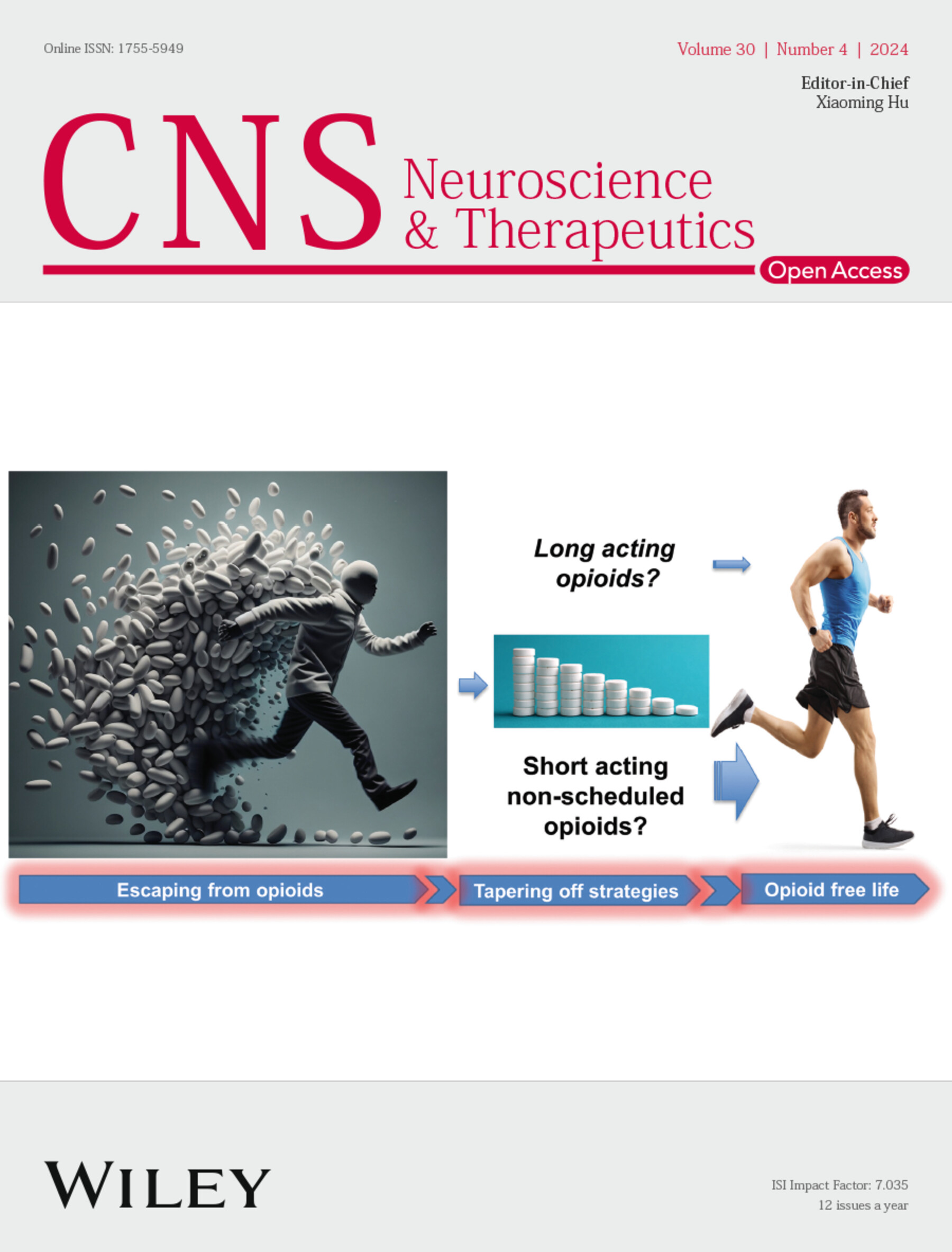Role of MS4A7 in Regulating Microglial Polarization and Neuroinflammation in Spinal Cord Injury via the cGAS-STING-NLRP3 Axis
Abstract
Background and Objectives
Spinal cord injury (SCI) leads to debilitating neurological deficits primarily due to the inflammatory response triggered by secondary injury mechanisms. Microglial activation and polarization significantly influence this response, with pro-inflammatory (M1) polarization exacerbating damage and anti-inflammatory (M2) polarization promoting repair. MS4A7, a membrane-bound protein involved in immune regulation, has been implicated in inflammation, but its role in SCI remains unexplored. This study investigates the function of MS4A7 in modulating microglial polarization and its downstream effects on the inflammatory response in SCI, focusing on the cGAS-STING-NLRP3 axis.
Methods
A combination of in vivo and in vitro approaches, including mouse SCI models and BV2 microglial cells, was employed. Differential gene expression analysis was conducted using the GSE93561 dataset. MS4A7 expression was modulated using shRNA and overexpression plasmids. Microglial polarization was assessed via immunofluorescence, RT-qPCR, and ELISA for M1 (iNOS, IL-1β, TNF-α) and M2 (Arg1, IL-10, CD206) markers. Pyroptosis and inflammasome activation were examined using PI staining, LDH release, and NLRP3/GSDMD assays. The role of the cGAS-STING pathway was evaluated using activators (diABZI) and inhibitors (C-176), and NLRP3 inflammasome activity was pharmacologically inhibited with MCC950.
Results
MS4A7 was significantly upregulated in SCI tissues (p < 0.01). Knockdown of MS4A7 reduced M1 markers (iNOS, IL-1β, and TNF-α) and increased M2 markers (Arg1, IL-10, and CD206), promoting anti-inflammatory polarization (p < 0.05). Conversely, MS4A7 overexpression enhanced M1 polarization and pyroptosis through the NLRP3 inflammasome. In vivo, MS4A7 knockdown improved locomotor recovery (BMS score, p < 0.05) and alleviated pain-related behaviors (PWL and PWT, p < 0.01). The cGAS-STING pathway mediated NLRP3 activation, with pharmacological inhibition mitigating pro-inflammatory effects and favoring tissue repair.
Conclusions
In this study, we found that MS4A7 exacerbates inflammation and promotes M1 polarization via the cGAS-STING-NLRP3 axis in SCI. Targeting MS4A7 and its associated pathways offers potential therapeutic strategies to mitigate neuroinflammation and enhance recovery. These findings provide new insights into the molecular mechanisms underlying SCI pathophysiology and highlight MS4A7 as a promising therapeutic target.


 求助内容:
求助内容: 应助结果提醒方式:
应助结果提醒方式:


